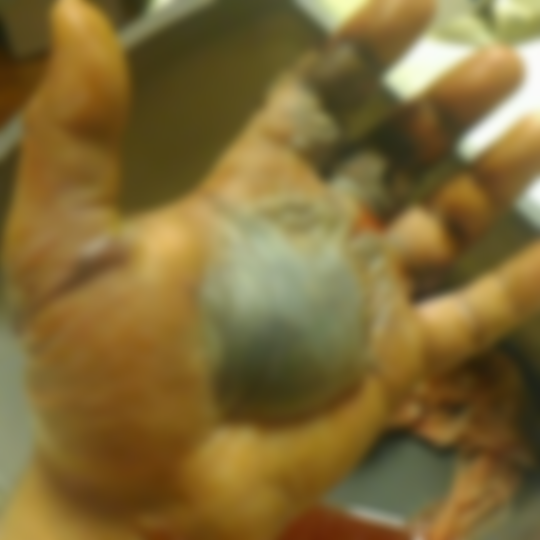Result of a West african Gaboon viper bite!
Venom in many snakes, such as pit vipers, affects virtually every organ system in the human body and can be a combination of many toxins, including cytotoxins, hemotoxins, neurotoxins, and myotoxins, allowing for an enormous variety of symptoms. Earlier, the venom of a particular snake was considered to be one kind only, i.e. either hemotoxic or neurotoxic, and this erroneous belief may still persist wherever the updated literature is hard to access. Although there is much known about the protein compositions of venoms from Asian and American snakes, comparatively little is known of Australian snakes.



Treatment
Seek medical attention immediately after a snakebite.
Try to remember the shape of the snake’s head and body and the snake’s color to identify the type of snake and help direct the treatment. A photo, taken from a safe distance, may be helpful.
Keep calm and move around as little as possible. This may limit the spread of the snake’s venom. Remove anything that may constrict the area, such as jewelry, clothing, or shoes.
Do not use tourniquets or suction devices. Do not cut the area around the bite. These traditional remedies do not help and they may harm the patient, making the situation much worse.
A tetanus immunization may be given if you have not had one recently.
Antivenin, specific to the type of snake responsible for the bite, may be given in case of severe envenomation. This helps neutralize the effect of snake venom in life-threatening or limb-threatening snakebites.
Persons with severe symptoms (rapid heartbeat, difficulty breathing, severe swelling, low blood pressure, severe external or internal bleeding, paralysis, circulatory shock or collapse) may require supportive care, including oral or intravenous fluids, medications, or breathing treatments. Intensive care and life support may be needed for the most severe cases of snakebite, especially in small children or elderly persons.
